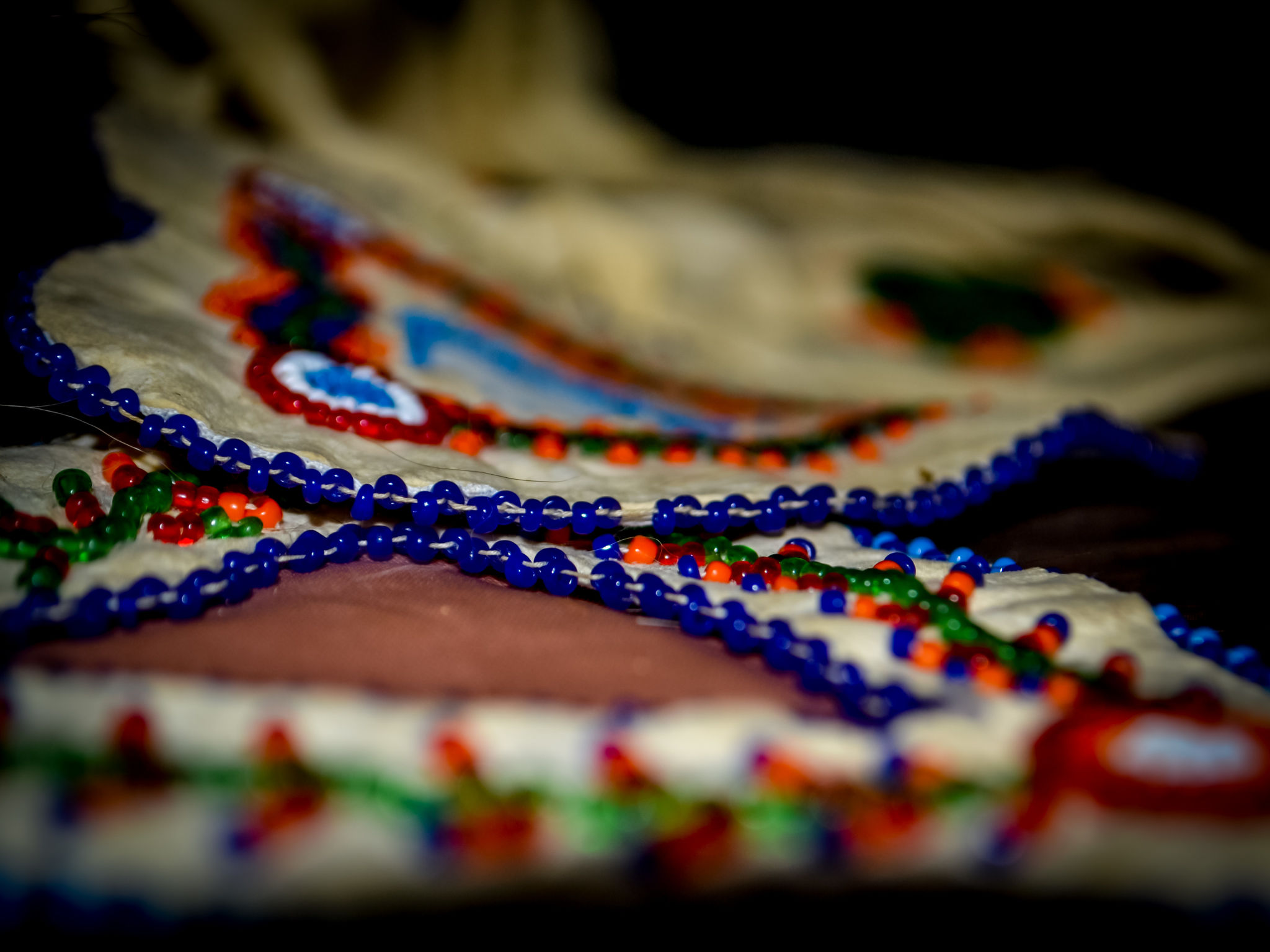Indigenous Art and Its Impact on Cultural Identity
Understanding Indigenous Art
Indigenous art is a vibrant tapestry that reflects the rich cultural heritage and traditions of Indigenous peoples around the world. It encompasses a wide range of forms, including painting, sculpture, weaving, and performance art. These artistic expressions serve not only as a means of aesthetic enjoyment but also as powerful tools for storytelling and preserving cultural identity.
For many Indigenous communities, art is deeply intertwined with their spirituality and connection to the land. The symbols and motifs used in Indigenous art often hold significant meaning, representing aspects of their history, beliefs, and the natural environment. This profound connection to culture and tradition makes Indigenous art a vital element in maintaining cultural identity.

The Role of Art in Cultural Preservation
Art plays a crucial role in preserving the cultural identity of Indigenous communities. Through the creation and sharing of traditional artworks, Indigenous peoples can pass down stories, knowledge, and customs from one generation to the next. This transmission of culture helps to keep their heritage alive in an ever-changing world.
Moreover, Indigenous art serves as a platform for resistance and resilience. By using art as a form of expression, Indigenous communities can address social and political issues, highlighting their struggles and aspirations. This not only educates outsiders about their experiences but also fosters a sense of pride and unity within the community.
Impact on Global Awareness
Indigenous art has a significant impact on global awareness of cultural diversity and heritage. As more people become exposed to these unique artistic expressions, there is a greater appreciation for the cultural richness they represent. This increased visibility can lead to broader discussions about the rights and recognition of Indigenous peoples worldwide.

Furthermore, many contemporary artists are inspired by Indigenous art forms, incorporating traditional techniques and motifs into their own work. This cross-cultural exchange not only enriches the global art scene but also helps to break down barriers and foster mutual respect among diverse cultures.
Challenges and Opportunities
Despite its importance, Indigenous art faces several challenges, including cultural appropriation and commercialization. These issues can undermine the integrity of Indigenous artworks and exploit the communities they originate from. It is essential for artists, collectors, and consumers to approach Indigenous art with respect and understanding, ensuring that it is appreciated in its proper context.
On the other hand, there are numerous opportunities for Indigenous artists to showcase their work on international platforms. Art festivals, exhibitions, and online galleries provide spaces for Indigenous voices to be heard and celebrated. These opportunities not only help artists gain recognition but also contribute to the economic empowerment of their communities.

Conclusion
Indigenous art is a powerful testament to the resilience and creativity of Indigenous peoples. It is a vital tool for preserving cultural identity, fostering global awareness, and promoting social change. By celebrating and supporting Indigenous art, we can contribute to a more inclusive world that values diverse cultural expressions.
As we continue to engage with Indigenous art, it is crucial to approach it with respect, understanding its historical context and significance. By doing so, we honor the rich heritage it represents and help ensure that it continues to inspire future generations.
